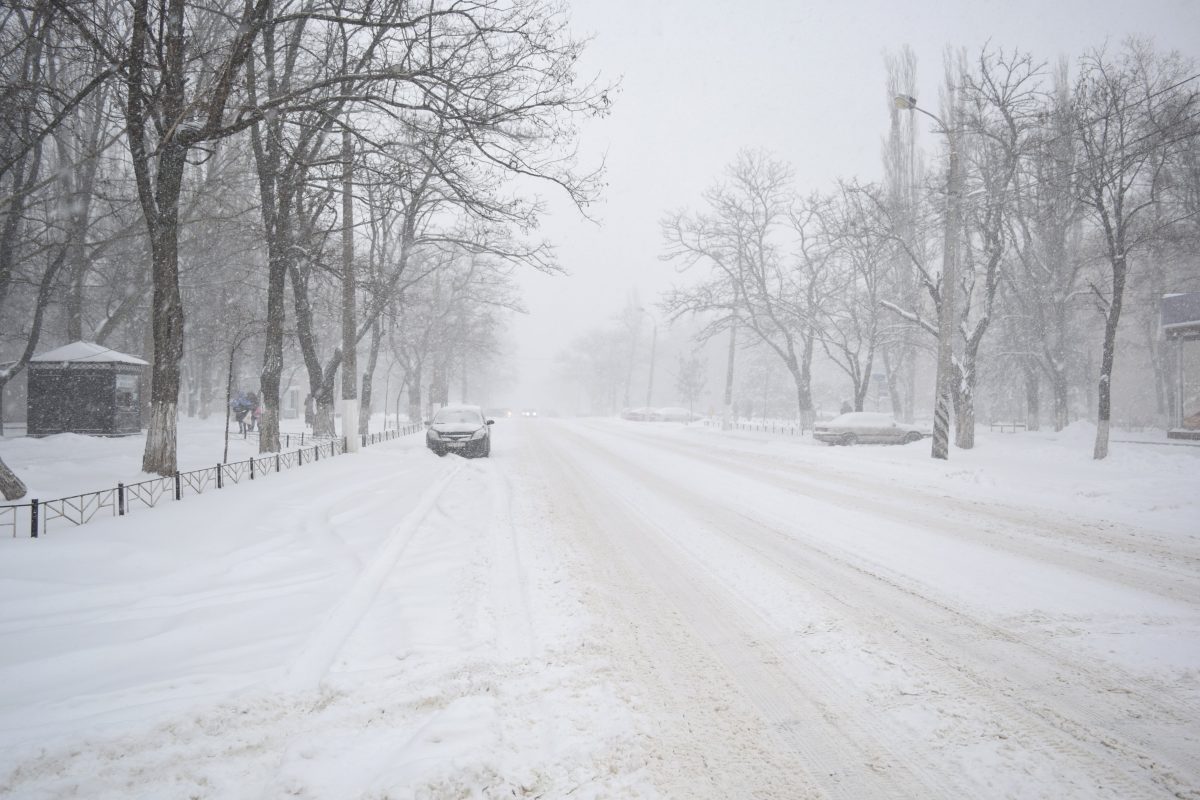Certain parts of the country might be warming up this week, but the vernal equinox not being until March 20, and we’ve still got a month of potential winter weather, and for many areas of the United States, that means snow, or even blizzards.
As we saw in late 2017 with the multiple successive hurricanes, many nursing homes and other long-term care facilities may not be adequately prepared to face a disaster, and a disaster could have a grave impact on their residents, staff members, and building. Physically or mentally impaired residents will likely have trouble evacuating or knowing what to do in a crisis situation, and a facility losing its food, water, or power supply could prove to be deadly.
Preparing for a Blizzard
While not all storms can be anticipated, every facility should plan for the following details well in advance of any potential disasters:
- Evacuation: The public response to many stories involving nursing homes or assisted living facilities is, “Why didn’t they evacuate?” Unfortunately, for many of these healthcare facilities, evacuation is not a feasible option, as many residents depend on medical equipment and medications. Facilities should assess all of their residents well in advance and determine what their needs are and what they would require to stay safe and comfortable in an emergency situation. If the facility finds that its residents could safely evacuate, an evacuation plan should be created; if not, the facility staff should focus on safeguarding the facility from damage.
- Power: Losing electricity in a nursing home can lead to many problems; in addition to medical support devices requiring electricity, elevators, heating, air conditioning, refrigeration, and lighting can all be very hazardous to patients’ health if non-functioning. A backup generator should be in place at all facilities.
- Food and water: All facilities should have a backup supply of food and water on hand.
- Building durability: On a regular basis (but especially before the stormy season), facilities should have third-party inspections done by professionals for structural weaknesses.
- Preparation plan: Facilities should create a plan that would outline what to do in the event of a strong storm, where to take residents, what each staff member will be responsible for, and how to continue to provide care until the disaster has subsided. This plan should be made available to all staff members and regularly discussed in training.
If a Storm Strikes
Storms can strike with little to no warning, so it is imperative that facility staff members know what to do in the event of an unforeseen storm. All staff members should receive training on the measures mentioned in the above section: they should know where to take residents, what each individual member is to do, how to continue to provide treatment, which emergency services to contact, where emergency supplies are kept, and how to ensure that everyone remains calm in the crisis.
About Caitlin Morgan
Caitlin Morgan specializes in insuring assisted living facilities and nursing homes and can assist you in providing insurance and risk management services for this niche market. Give us a call to learn more about our programs at 317.575.4440.


